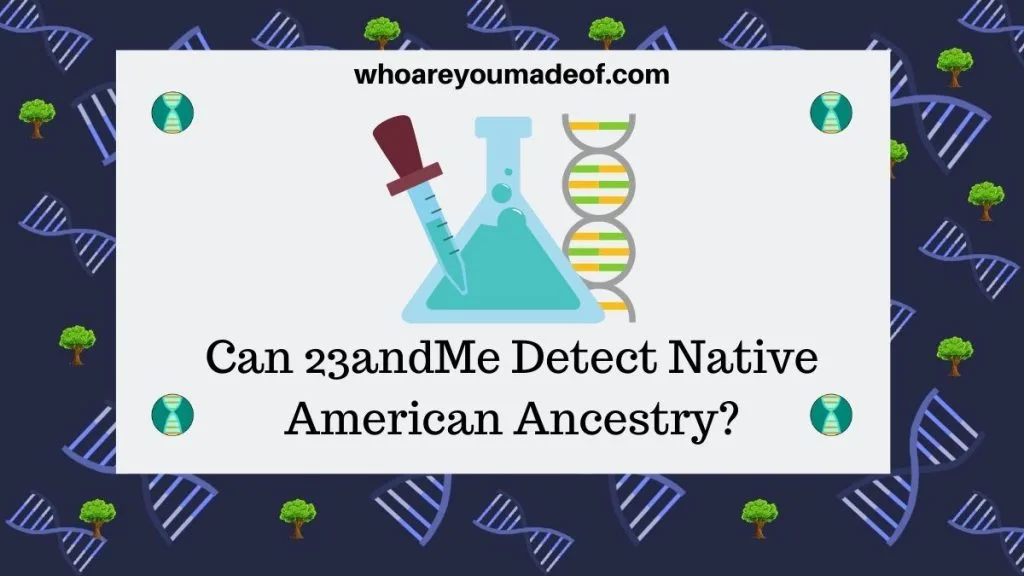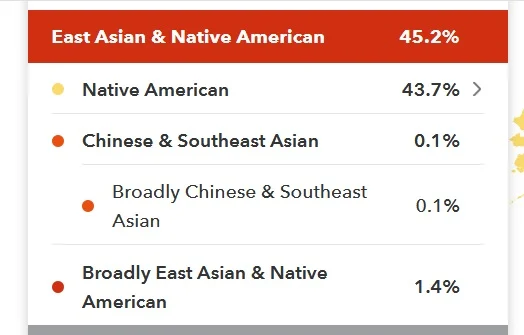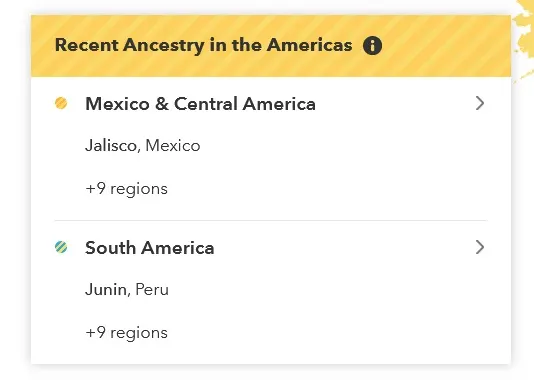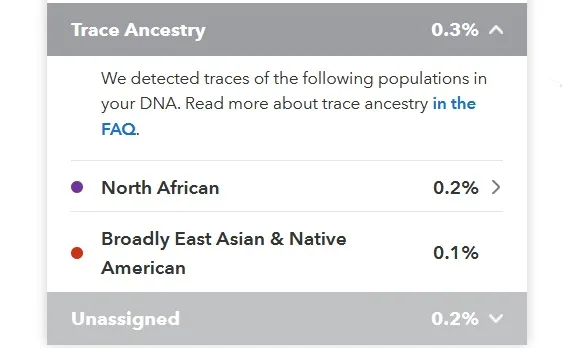Are you wondering if 23andMe can detect Native American ancestry on their DNA test? In this post, learn the answer - and more - about how to trace your Native American DNA on 23andMe.
Many people know that they have ancestry in Indigenous America. DNA testing is a great way to explore this heritage.

My family had discussed the possibility of distant Native American ancestry on my dad's side of the family, which I, admittedly, was curious about. This is also a very common reason for deciding to take a DNA test.
No matter the reason you are curious about whether and how your Native American roots will show up on your 23andMe results, you'll find information to help you out below.
Does Native American ancestry show up on 23andMe?
The 23andMe DNA test tests for genetic links corresponding to Native American regions throughout North and South America. Their algorithm is able to identify these genetic links by examining small pieces of your DNA and comparing them with reference panels made up of DNA from thousands of people with known ancestry in the Americas.
23andMe currently tests for the following regions that correspond to Native American regions spanning North and South America:
- Native American
- East Asian and Native American
In addition, if your connection to Native American ancestors is through ancestry in Mexico or Central or South America, 23andMe might also report a match to their "Recent Ancestry in the Americas" category.
You can read below to see examples of exactly what this might look like on 23andMe results.
It is very important to note that your 23andMe results, even if they do show genetic evidence that you have Native American ancestors, is not a substitute for the genealogical evidence that is required to become a member or citizen of a Native American tribe or group.
Fortunately, building a family tree in order to discover more about your Native American ancestors is an absolute possibility. Towards the end of this post, I will describe exactly how you can use your 23andMe results to discover more about your heritage.
How Native American DNA appears on 23andMe: Examples
The exact way in which a person's Native American ancestry will appear on their 23andMe DNA results will depend on which region their indigenous ancestors likely lived in, as well as how recent (or distant) this ancestry is.
For example, the following is from my son's DNA results. His paternal grandparents are both from a Native American region:

Many people who do DNA tests that have roots in Latin American countries, which span the Native American regions of parts of Southern North America (Mexico and the Southwest US), Central America, and South America.
If the genetic connection is recent enough and the algorithm can detect it, the Native American region might also show up in "Recent Ancestry in the Americas", a separate place in the Ancestry Composition Report. The following person has 87.2% Native American DNA, but also matches to Mexico, specifically, as a source of his link to Indigenous America:

As I mentioned towards the beginning of this article, many people are interested in DNA testing because they have heard family stories about Native American ancestors.
Sometimes, genetic connections to a Native American ancestor might be so far back in a family tree that the DNA only shows up as a very small amount (or not at all). If a small amount appears, it is usually visible in the "Trace Ancestry" section of the results:

When there is such a small amount of DNA matching a particular region, even the regions corresponding to Indigenous Americans, there is a strong possibility that the matching to the region is by error.
In other words, the higher the percentage matching the region, the higher the chance that the results are correct. In addition, the DNA results are never a good substitute for good (and fun) genealogy research, which can be used to determine the accuracy of our DNA results.
Can 23andMe help you trace your Native American family tree?
Your 23andMe results can help you learn more about your Native American ancestry, whether your genetic connection to the region is distant or very recent.
The tools available on 23andMe that you can use to trace your Native American ancestry are the same that we would use to research our ancestors from other regions.
The work starts with building a family tree and learning how to do basic genealogy research. We can use our DNA matches and information learned from them in order to build our tree further back.
Learning about our connections with our DNA matches is the best way to leverage our genetic information to discover more details about our ancestry. This can often include learning about Native American ancestors.
You can use the following link to get started on your 23andMe DNA testing journey today:
Conclusion
I hope that this post has helped you learn more about whether and how Native American DNA shows up on 23andMe results, as well as how you can use your results to help build trace your ancestry.
If you have any questions about something that you read in this post, please feel free to join in the discussion below.
Thanks for stopping by today!


Noel
Saturday 1st of February 2025
Would I be able to find out if I have any indigenous Indian from Cuba and me with a DNA test?